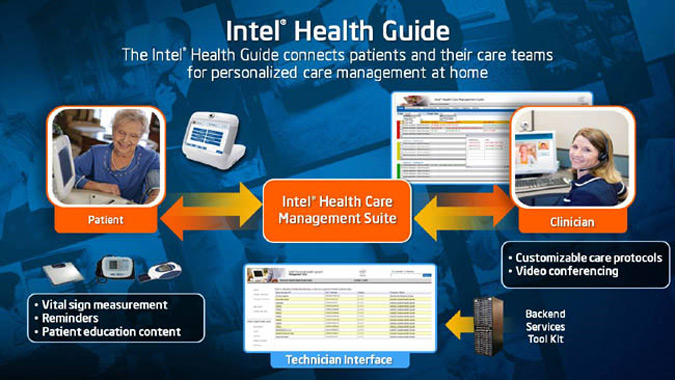Can Health Houses Help the U.S.?
Sunday, January 31st, 2010Yes if we can preserve the cognitive factors that make them work.
 Mississippi is in trouble when it comes to health and healthcare. According to the National Institute of Health (NIH) they have the highest rates of obesity, hypertension and teenage pregnancy in the country. Their infant mortality rate is 50% higher than average and 20% of the population has no health insurance.
Mississippi is in trouble when it comes to health and healthcare. According to the National Institute of Health (NIH) they have the highest rates of obesity, hypertension and teenage pregnancy in the country. Their infant mortality rate is 50% higher than average and 20% of the population has no health insurance.
They have spent millions but report in a recent NIH news story:
“We’ve been attacking this problem over and over again with just heartbreaking results,” said Shirley, chairman of the Jackson Medical Mall Foundation, a one-stop health care facility for Mississippi’s underserved.
Now they are trying to import a health service delivery model, called the Health House from the middle east. The Health House developed during the 1980-88 Iran-Iraq war is simple but apparently very effective.










